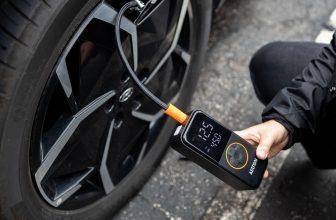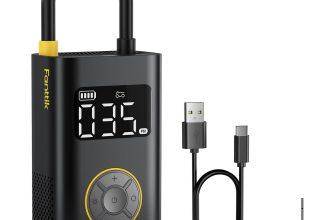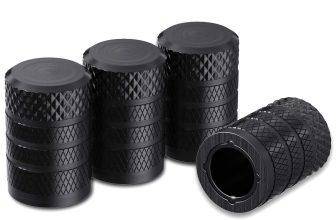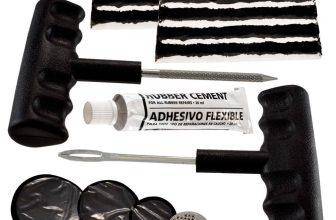Snow Chains for Tires: Essential Winter Safety Guide
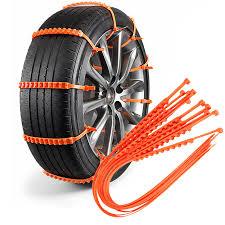
Winter driving poses unique challenges. Snow chains for tires can help you.
They provide traction on icy roads, reducing risks. Snow chains are essential for safe winter travel. When roads turn icy, the grip of standard tires can falter. Snow chains step in, adding much-needed traction and control. They are devices fitted around tires to enhance grip on snowy and icy roads.
This simple yet effective tool can make winter journeys safer and more manageable. Whether you’re navigating a mountain pass or driving through a snowstorm, snow chains offer peace of mind. Understanding their importance, usage, and types can help you choose the right ones. This guide delves into everything you need to know about snow chains for tires, ensuring you’re prepared for the cold months ahead.

Choosing The Right Snow Chains
Snow chains come in different types. For instance, cable chains are light and easy to use. They work well for light snow. In contrast, link chains are stronger and last longer, making them ideal for tougher conditions. Meanwhile, automatic chains operate with the push of a button—they’re fast, but they cost more. Additionally, diamond-pattern chains provide extra grip, which is especially useful for both ice and snow. Therefore, choose the right type based on your car and the expected weather.
When it comes to sizing, snow chains must fit your tires properly. First, check your tire size by looking at the numbers printed on the sidewall. These numbers tell you the correct size. Likewise, snow chains also come in various sizes. Be sure to match the chain size with your tire size. Remember, compatibility is key—using the wrong size can damage your tires. Finally, always read and follow the instructions to ensure a safe and secure fit.
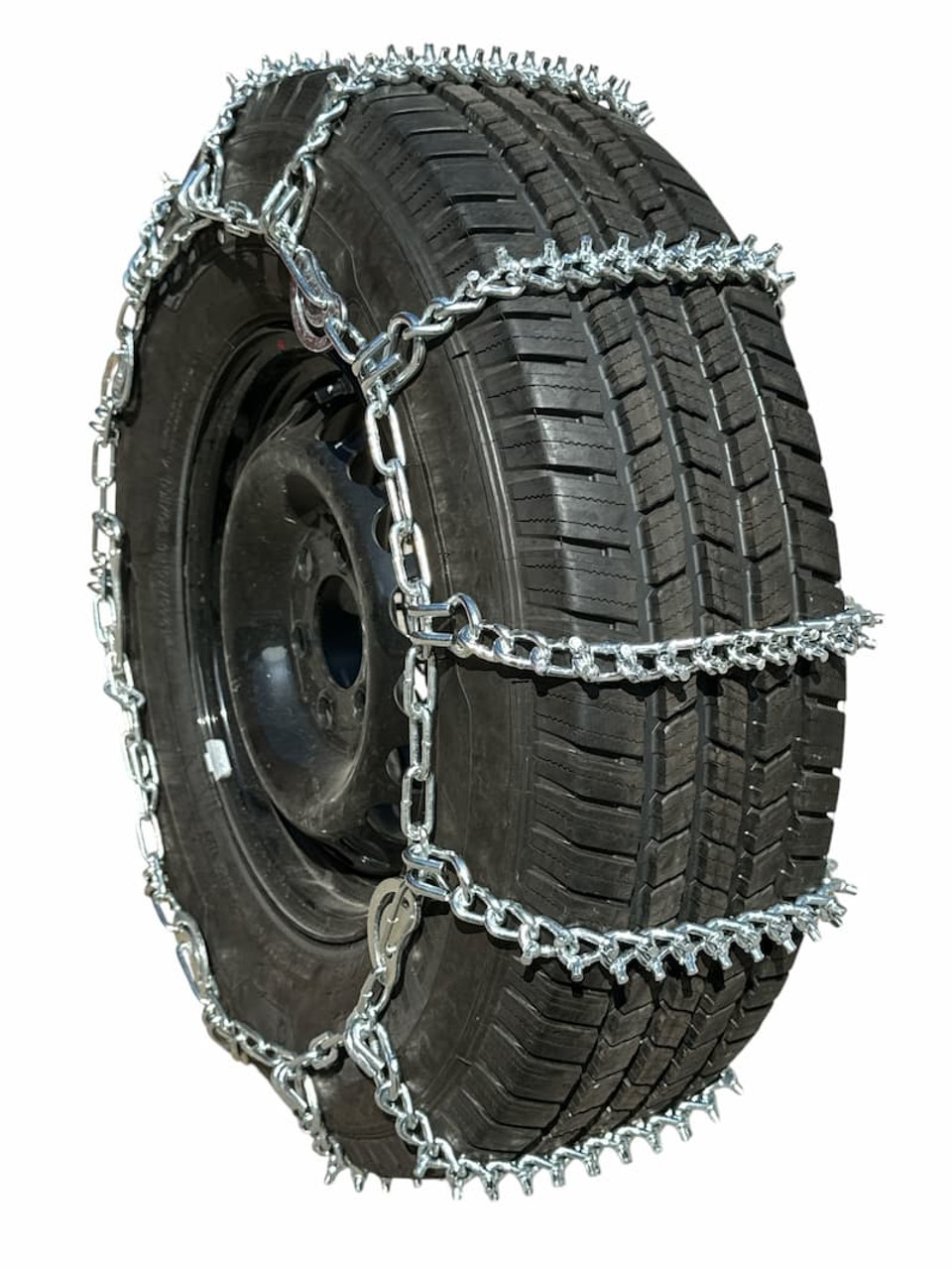
Installation Tips
Make sure your car is parked safely. Turn off the engine. Put on the parking brake. Check if you have the right size snow chains. Read the instructions in your car’s manual. Keep a pair of gloves handy. Wear a jacket to stay warm. Keep a flashlight near you if it’s dark.
Lay out the chains on the ground. Untangle them gently. Place the chains over the tire. Hook the chains at the top. Pull them tight. Fasten the hooks at the bottom. Drive forward slowly. Stop after a few meters. Re-tighten the chains if needed. Check the chains often. Make sure they are tight and safe.
Driving With Snow Chains
Snow chains give a better grip on slippery roads. As a result, they help your car stay steady. In icy conditions, control becomes easier. Furthermore, turning gets less tricky, and stopping becomes safer too. Overall, chains help keep tires from sliding and improve vehicle safety.
However, when using snow chains, it’s important to drive slowly. Ideally, your speed should be under 30 miles per hour, as fast driving can break the chains. In addition, check the chains often to ensure they are tight. After all, loose chains can be dangerous. Pay attention to any unusual sounds—for example, strange noises may mean the chains are loose. If this happens, stop and fix them right away. Above all, safety always comes first.
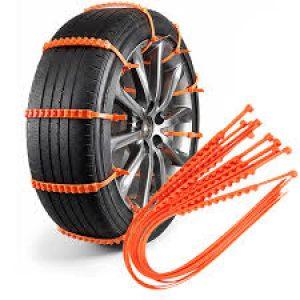
Maintenance And Storage
Store snow chains in a cool, dry place to prevent rust. Clean them thoroughly after use to remove dirt. Regular inspections ensure they remain in good condition, ready for the next snowfall. Proper maintenance extends the life of your snow chains and ensures safety during winter drives.
Cleaning And Inspection
Snow chains must be cleaned after use. This is because dirt and salt can cause rust. To clean them properly, use warm water and a brush. After cleaning, check each link for wear and damage. Keep in mind, a broken link can cause trouble on the road. If needed, replace damaged parts quickly. Before storing them, inspect the chains carefully. That way, you ensure they are ready for the next use.
Proper Storage Techniques
Store chains in a cool, dry place. Keep them away from sunlight. Sunlight weakens the metal. Use a box or bag for storage. This prevents tangling. Roll up the chains neatly. Label the storage bag. This helps find them easily. Ensure chains are dry before storing. Moisture causes rust.
Frequently Asked Questions
Do You Put Snow Chains On All 4 Tires?
Put snow chains on all four tires for optimal safety and control. This ensures balanced traction and stability, especially on icy or snowy roads. Always check your vehicle’s manual for specific recommendations.
Are Snow Tire Chains Worth It?
Yes, snow tire chains are worth it for improved traction on icy and snowy roads. They enhance safety and control, especially in harsh winter conditions. Consider local regulations and specific needs before purchasing. Proper installation and usage are crucial for effectiveness.
How Fast Can You Drive With Snow Chains?
Drive at a maximum speed of 30 to 50 km/h (20 to 30 mph) with snow chains. Always check the manufacturer’s recommendations for specific speed limits. Slower speeds ensure safety and prevent damage to both the chains and your vehicle.
Conclusion
Snow chains are essential for safe winter driving. They provide grip and prevent skidding. Choosing the right snow chains is crucial. Check your tire size and chain compatibility. Installation should be easy and secure. Practice putting them on before snow arrives.
Proper maintenance extends their life. Clean and store them dry. Understand local laws about chain use. Some areas require them during storms. Investing in quality snow chains is wise. Your safety depends on it. Drive with confidence in snowy conditions. Prepare ahead and stay safe on icy roads.



